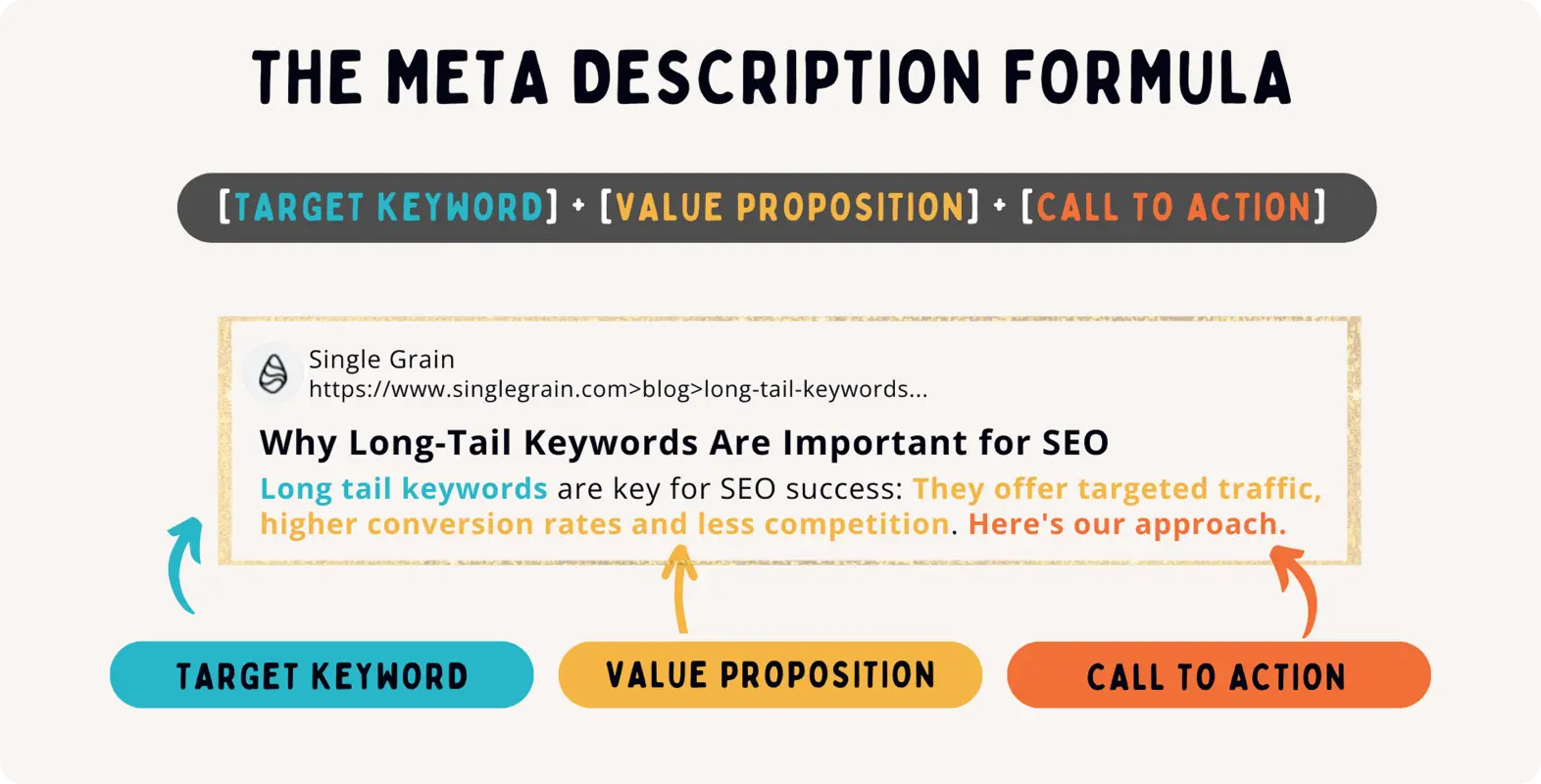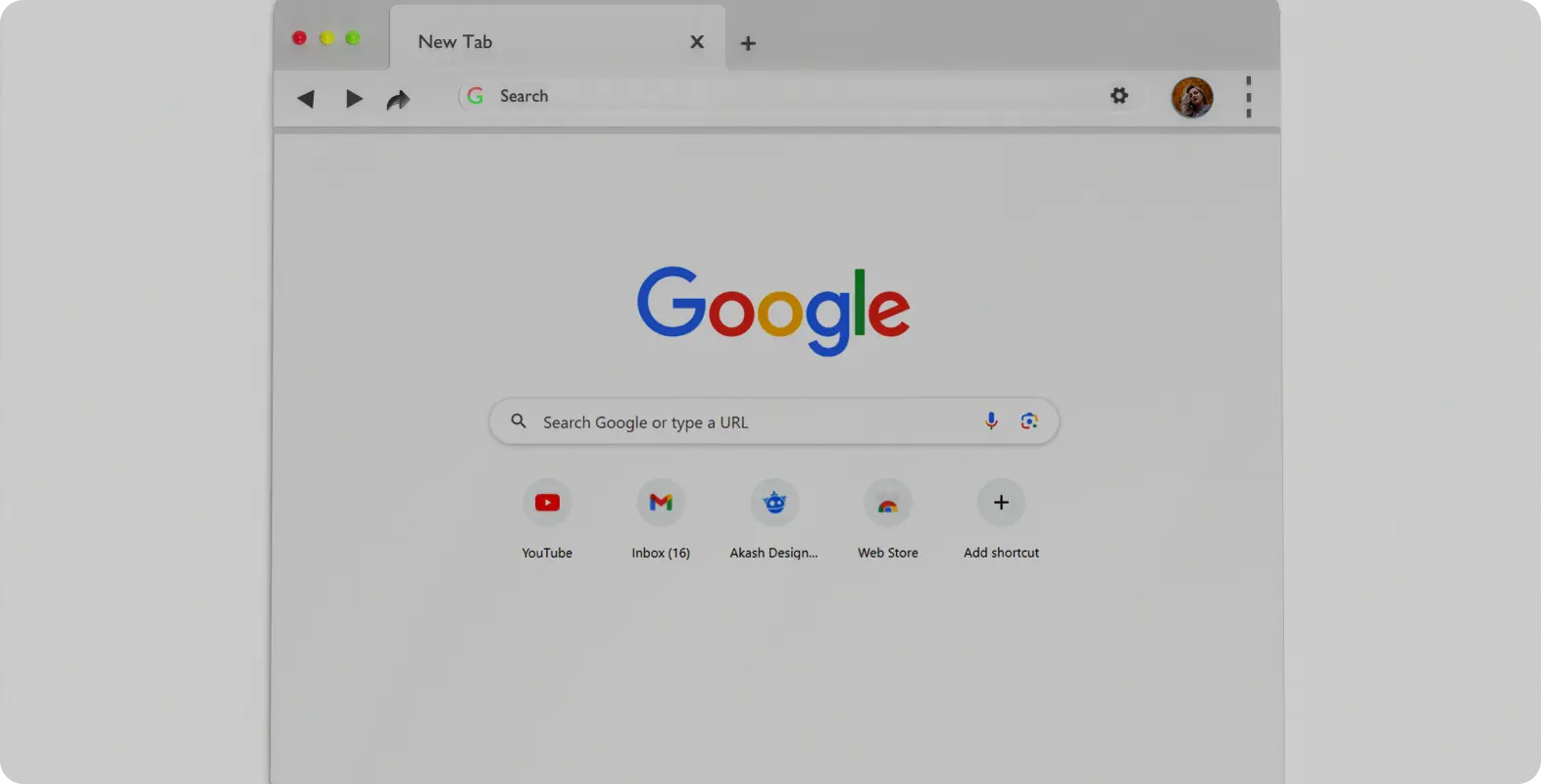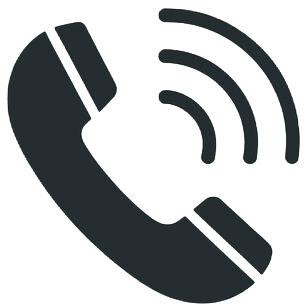Visibility is power amid the evolutionary setting in digital marketing in the present time. Being ranked high on the SERP becomes the traffic, trust, and conversion for any brand in the UAE or globally. The least appreciated yet one of the strongest points in garnering this visibility are the SEO meta tags properly written and designed-for titles and meta descriptions.
Whether a marketer, website owner or content strategist, knowing how to work with meta tags is a vital link in your in-house, on-page SEO chain. In this blog, we'll explain meta tags, why they matter, and how to create compelling, fully optimized titles and descriptions that will do just that — rank and convert.
What Are Meta Tags in SEO?

Meta tags are HTML snippets that describe to search engines what a web page is about. There are a number of other meta tags (meta robots and viewport tags, among others), but for SEO, the two most critical ones are:
- Meta Title Tag – Also known as the title tag, it shows as a clickable headline in search results.
- Meta Description Tag – The short paragraph that appears under the title in search results gives the viewer a summary of what the page contains.
Though meta descriptions aren't a direct ranking factor, both tags play an increasing role in the click-through rate (CTR) with which Google interacts for ranking.
Why Do Meta Titles and Descriptions Matter?
- First Impressions Count: These tags are your digital storefront. A good title and description will often entice clicks even when the website is not designated as #1.
- Improves Relevance & Rankings: The great thing about Google is that it uses the title tag to ascertain the topic of your page and its relevance for a user's search query.
- Drives Click-Throughs: A well-written meta description can increase your page's appeal in the SERPs, thereby increasing user engagement.
- Influences User Behavior: The clearer and more relevant your meta tags are, the greater the chance users will visit — and stay on — your site.
Meta Title Tag: Best Practices for Crafting Click-Worthy Titles
The title tag could arguably be considered one of the most significant on-page factors in ranking for SEO. Here's how to write one that ranks and connects with your audience:
1. Keep It Under 60 Characters
Google typically displays the first 50–60 characters of a title tag. To avoid truncation and maintain clarity:
- Aim for 50-60 characters
- Ensure important keywords are towards the beginning
2. Include Primary Keywords Naturally
Your main keyword should appear once in the title tag. Don’t stuff it. For example:
· Bad: “Dubai SEO Services | SEO Dubai SEO Agency Dubai Best SEO”
· Good: “Top SEO Services in Dubai | Boost Your Online Presence”
3. Add Branding Wisely
If space permits, include your brand name at the end of the title tag. For instance:
· “Social Media Marketing in UAE | BrandStory”
This approach reinforces brand recall and builds credibility.
4. Solve a Problem or Offer a Benefit
Entice users by highlighting a benefit or addressing a pain point.
“Affordable Website Design in UAE | Free Consultation Included”
5. Make It Unique for Every Page
Try to avoid using identical title tags for numerous pages. Every page title should be unique and pertinent.
Meta Description: How to Write Descriptions That Drive Clicks
While meta descriptions will not directly affect your SEO rankings, a good CTR from them can help your ranking indirectly. Here's a cheat sheet on writing killer descriptions:
- Stick to 150–160 Characters: Google typically displays around 150–160 characters of the meta description. Stay within this limit to prevent it from being cut off.
- Your Primary and Secondary Keywords: Strategically place your keywords within the description, but make sure it reads naturally and provides real value to the reader.
- to the User’s Intent: Understand what the user is searching for and address that directly:
· “Discover expert-led SEO services in Dubai tailored to your business goals. Contact BrandStory UAE for a free audit today!” - in a Call-to-Action (CTA):
Tell them to do something:
- “Get a free quote”.
- “Learn more today”.
- “Book your consultation now”.
- Make It Unique for Every Page: Just like title tags, your descriptions should be tailor-made for each page. Generic descriptions hurt CTR and confuse search engines.
A Simple Formula for Meta Tags

Here’s a repeatable formula for writing meta titles and descriptions:
- Title Tag Formula: [Primary Keyword] | [Benefit or USP] | [Brand Name]
- Meta Description Formula: [What the page offers] + [Primary Keyword(s)] + [CTA]
Common Mistakes to Avoid
Even experienced marketers fall into common traps. Here are some missteps to steer clear of:
- Keyword Stuffing: Overloading your title and description with keywords makes it look spammy and turns off users.
- Duplicate Meta Tags: Using the same meta title/description for multiple pages confuses search engines and dilutes relevance.
- Clickbait: Overpromising can lead to high bounce rates and lower trust.
- Ignoring Mobile Users: Ensure your tags display properly on mobile screens by keeping them concise and punchy.
How Google Handles Meta Tags?

Google doesn't always display your crafted meta description. If the search engine thinks another snippet of on-page content is more relevant to the user's query, it might replace your meta description in the SERPs. However, well-optimized meta tags still increase the likelihood of your version being shown and increase your overall control of how your site is perceived.
The Role of Meta Tags in a Broader SEO Strategy
At BrandStory UAE, we believe that meta tags are foundational, but not standalone. For maximum impact, integrate your meta-tag strategy with the following:
- Content Strategy: Ensure that what you promise in your title and description is actually reflected in your content.
- Technical SEO: Sites with fast loading times and mobile-friendliness, combined with structured data, will continue to climb the ladder in terms of ranking and visibility.
- User Experience (UX): This SEO gets users in the door while a great UX keeps them there.
Tools to Optimize Meta Tags
Here are some tools that can help you craft and test meta titles and descriptions:
- Yoast SEO (WordPress plugin): Offers real-time previews and SEO scores.
- Moz Title Tag Preview Tool: This helps you visualize how your tag appears on SERPs.
- SEMrush and Ahrefs: Analyze competitors' meta tags and track performance.
- Google Search Console: Monitors how your tags are performing in real searches.
Final Thoughts: Meta Tags Are Small But Mighty
In the race to rank on Google, it's easy to overlook the small things. But as we've seen, SEO meta tags — especially titles and descriptions — are not just minor details. They're your elevator pitch to potential visitors, and when done right, they can dramatically improve your search presence, CTR, and user engagement.
So whether you're optimizing a brand-new page or revisiting old content, start with your meta tags. Make every character count.
BrandStory specializes in the conception of SEO strategies to boost the visibility and performance of brands online. From technical SEO to highly convertible content creation, the best SEO experts in Dubai are helping businesses across the UAE put their names on the digital map.
Need a hand in the SEO optimization of your website? Contact BrandStory UAE today and let’s take your rankings to the top!
We are BrandStory
Get in touch with us at info@brandstory.in to create a pleasant experience for your audience and a great success for your business.








